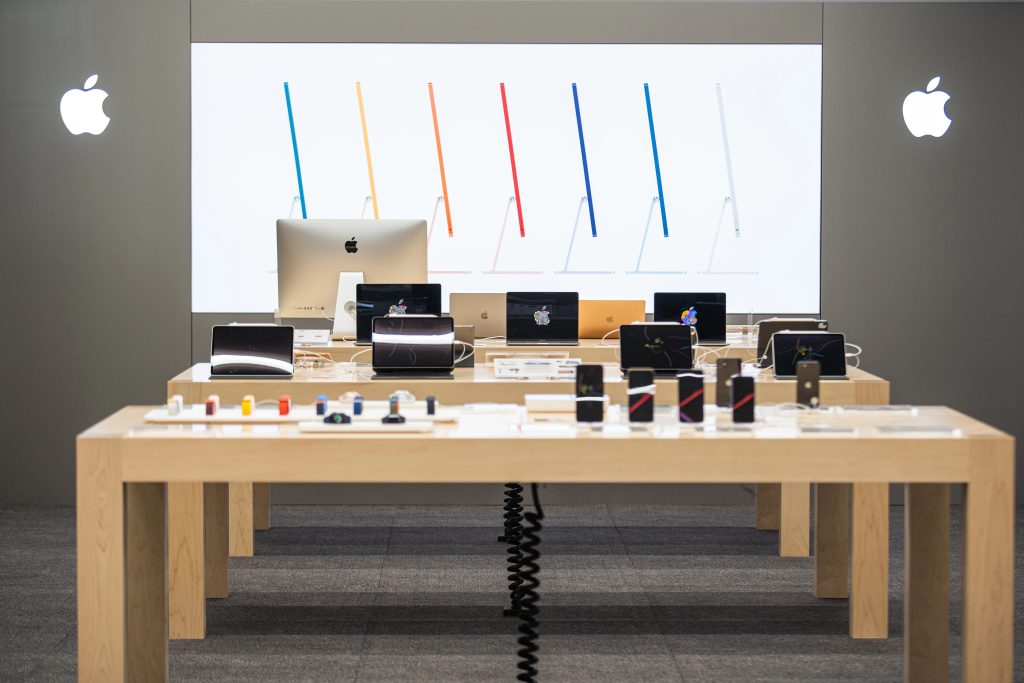
What does it look like when a secretive company spills its future by accident? This week, Apple’s long-secret roadmap leaked a few surprises and they’re as tantalizing as they are revealing. From unreleased hardware IDs to rumors of a $599 MacBook, the hints suggest a year of daring experiments and careful gambles.

The surprises don’t end at hardware. Apple is also working on an ambitious smart home strategy fueled by a more natural Siri, optimizing iOS 26 for release, and juggling price transitions in its top-line iPhone product range. Even a dormant Apple Watch health feature that lay undisturbed for years is reviving following a high-profile lawsuit. Together, these actions outline a vision for a company repositioning its product ranges while expanding into new ground. Here are seven developments that might write the next chapter of Apple.
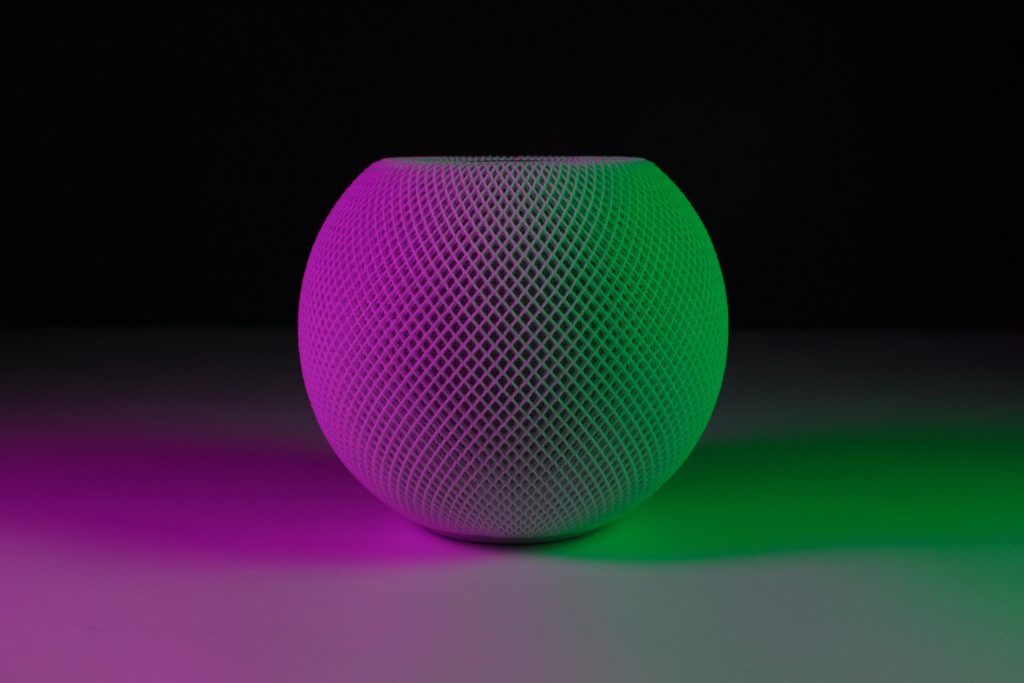
1. A Leak That Spilled Apple’s Hardware Future
Apple accidentally left a file open for a brief moment, which included identifiers for several unannounced devices. MacRumors reporter Aaron Perris discovered mentions of a new HomePod mini based on an S9 chip, an Apple TV based on an A17 Pro, a Studio Display based on an A19 Pro, and an iPad mini with that same A19 Pro. On the list were also a budget iPad based on an A18 chip, a Vision Pro possibly based on an M5, and new Apple Watch Series 11, Ultra 3, and SE 3 models.
Bloomberg’s Mark Gurman commented that the discoveries confirm his own reporting, such as looking forward to renewed Apple TV and HomePod mini models this autumn, new iPads in a year, and new monitors. Although Vision Pro code was suggesting an M5 chip, Gurman indicated Apple is actually still testing M4 versions implying the jump could be incremental. Such a wide-ranging leak provides an unusually clear view of Apple’s near-term product pipeline.

2. Siri’s Leap Into the Smart Home Spotlight
Apple’s smart home ambitions are expanding beyond incremental HomeKit updates. According to Bloomberg, the company is developing a six‑inch smart display hub, a Siri‑powered tabletop robot, and an AI‑enhanced security camera. The display, expected as soon as 2026, will serve as a central control point for devices, Apple Intelligence, and Siri.
The 2027-targeted robot is envisioned as a motorized, lamp-like aide that can swivel, follow motion, and exhibit expressive animations a quest for Pixar-like charm. Apple is also transforming Siri to be more conversational, expressive, and context-aware, with partners such as OpenAI and Anthropic. This change would refocus Siri as a phone-based assistant to the center of personality of Apple’s connected home.
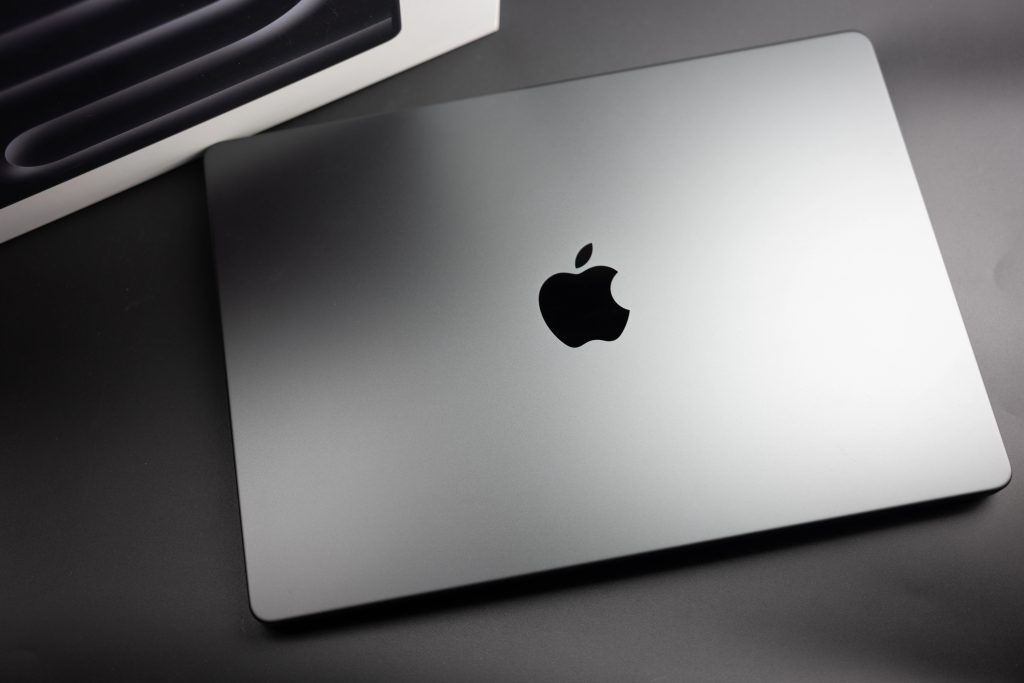
3. The $599 MacBook That May Shake Up Apple’s Lineup
Various reports by DigiTimes and analyst Ming‑Chi Kuo suggest Apple has in the works a 12.9‑inch MacBook with the A18 Pro chip taken from the iPhone 16 Pro, priced as low as $599 at launch. This would be the first Mac to employ an A‑series chip from an iPhone at the expense of some performance for the sake of lower cost.
The A18 Pro’s single-core performance is comparable to the M3 and beats the M1, albeit with its multi-core and graphics scores lagging behind Apple’s new M-series chips. The system should sport USB-C ports sans Thunderbolt, maybe fewer ports in total, and perhaps in vibrant colors like the iMac. Slightly below the MacBook Air in the lineup, it could be an affordable entry option for consumers of a more casual nature and a possible volume driver for Apple’s Mac sales.
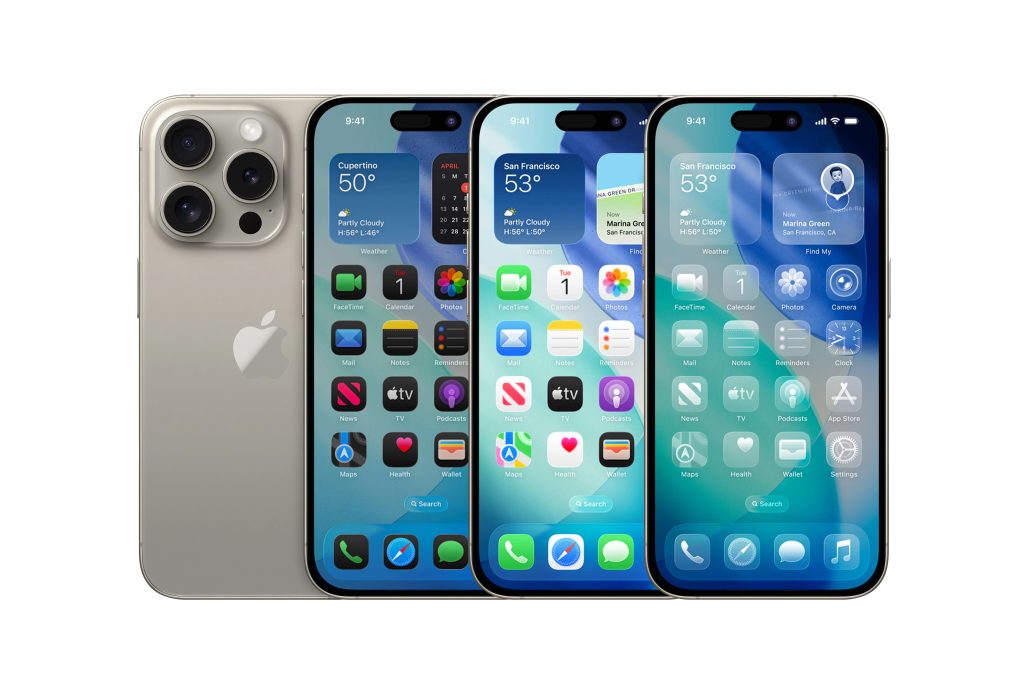
4. iOS 26 Approaches Release with Understated but Significant Changes
Apple’s iOS 26 beta release cycle has moved to weekly iterations, and beta 6 brought six new ringtones, quicker app animations, and polish to the Liquid Glass interface. Social media buzz has identified the “Dreamer” ringtone as a highlight. Apple also rolled back a contentious Camera app gesture change, returning to the traditional swipe direction.
Liquid Glass now has increased color dispersal in its magnifying‑glass picker, and Lock Screen widgets receive the same visual treatment. A new onboarding process guides users through the update’s design improvements. These may not be sweeping changes, but they indicate Apple’s attention to polish and user comfort prior to the September public release.
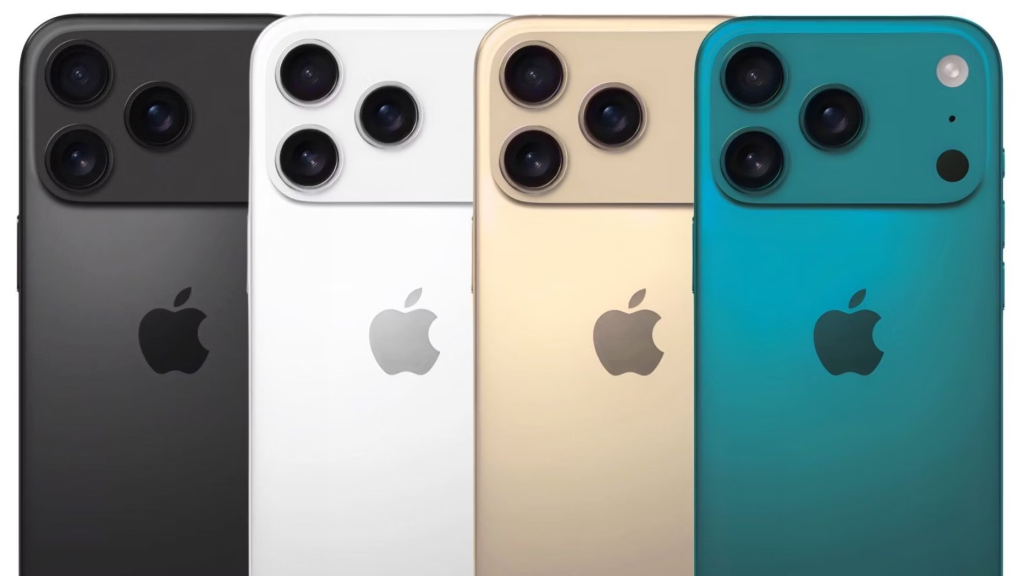
5. iPhone 17 Pro Pricing Shatters an Eight‑Year Trend
Leaks from Weibo’s Instant Digital and reports at Jefferies indicate the iPhone 17 Pro will begin at $1,049 $50 higher than the previous model but with 256GB of base storage rather than 128GB. This is similar to Apple’s 2023 approach with the Pro Max, where a storage upgrade mitigated the sting of a price hike.
The action breaks an eight‑year run of keeping the Pro model at $999. Component pricing, tariffs, and premium features are given as the push factors. The rest of the iPhone 17 lineup is likely to begin at $799 for the most standard model, with the new iPhone 17 Air costing $949 and the Pro Max costing $1,249.
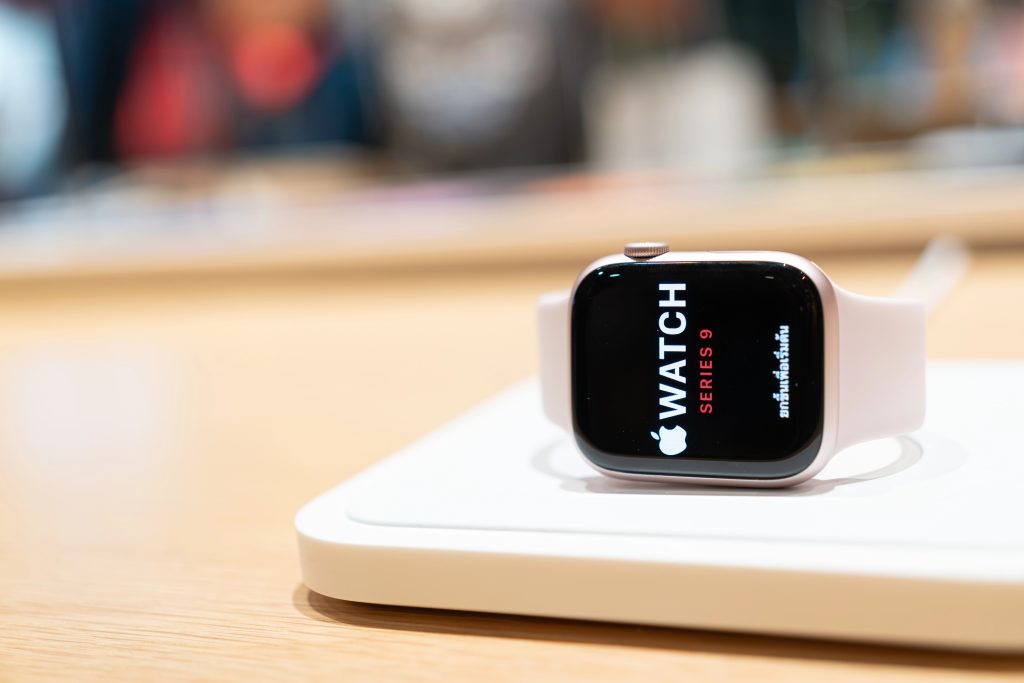
6. Blood Oxygen Monitoring Returns to U.S. Apple Watches
Following a long patent battle with Masimo resulted in a halt of sales and removal of features, Apple re-enabled blood oxygen monitoring on Series 9, Series 10, and Ultra 2 watches in the United States. The revamped feature now analyzes sensor readings on a connected iPhone, with data appearing in the Health app’s Respiratory tab.
The transition follows a US Customs ruling permitting the modified deployment. Though users will not experience readings on the watch per se, the upgrade restores a feature missing since January 2024 a reminder of how legal wars can define product features.
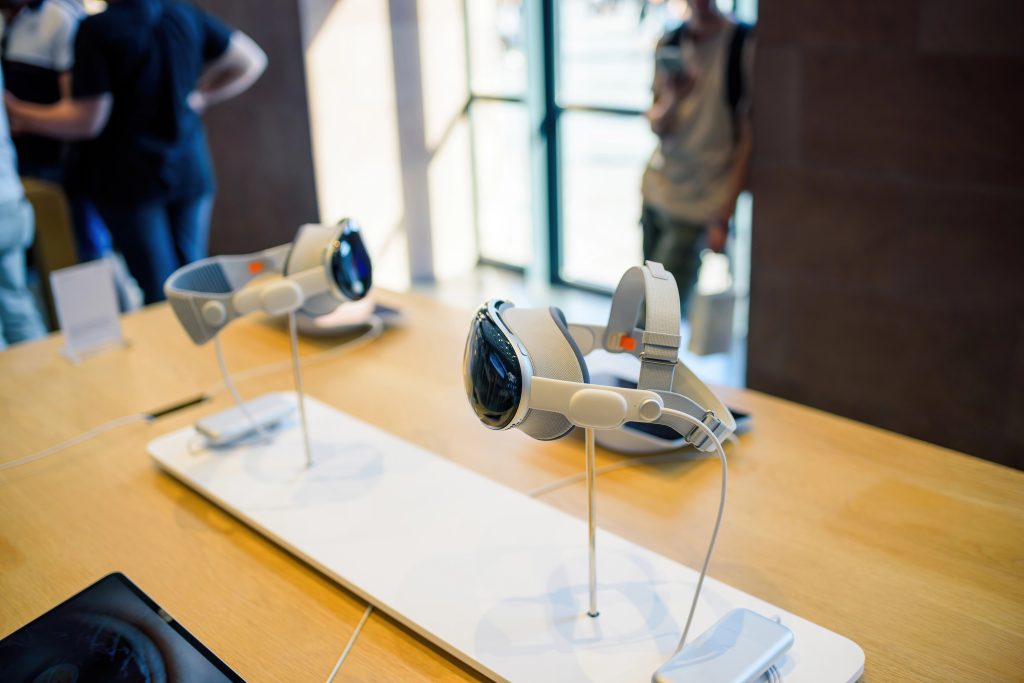
7. The Vision Pro’s Incremental but Telling Upgrade
Code in the leaked Apple document referenced a Vision Pro based on an M5 chip, but Apple is also trialing M4‑based prototypes, according to Bloomberg’s Mark Gurman. The present version is based on an M2, so either of these options would represent an upgrade, though probably not a revolutionary one.
This implies Apple might be slow‑tracking its mixed‑reality hardware development, banking on incremental rather than headline‑drawing upgrades. This approach might allow it to contain production expenses as the platform evolves and developers build out its app environment.

Apple’s latest leaks and announcements tell us of a company walking the tightrope between ambition and pragmatism. The AI‑powered smart home gadget push, the strategic gamble of a cheaper MacBook, and the flexibility to dabble with flagships’ prices all suggest a more adaptive Apple one that experiments without sacrificing its premium mojo. If these are to be the plans, the coming year might find Apple not only building incrementally on previous hits, but actually redefining its product landscape.


